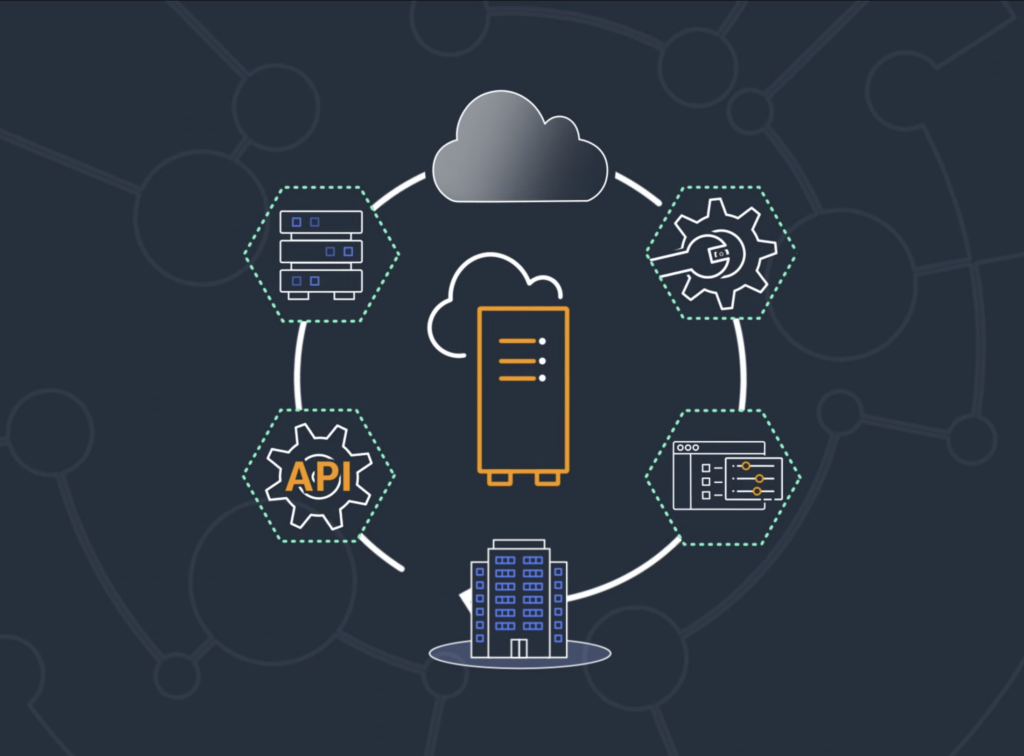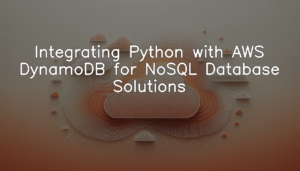In the world of technology, the terms High-Availability, Fault Tolerance, and Disaster Recovery are often used interchangeably, but they are distinct concepts with different purposes and implementations. Understanding the differences between these concepts is crucial for businesses to design and maintain resilient systems that can survive and recover from unexpected events.
High-Availability
High-Availability (HA) is a design approach that aims to ensure that a system is always available to users, with a minimum amount of downtime. HA systems typically use redundancy and failover mechanisms to eliminate single points of failure and enable continuous operation even when some components fail. For example, a web server cluster with load balancing can distribute the traffic across multiple servers, ensuring that users can access the website even if one of the servers goes down.
HA systems are typically designed to provide a high degree of availability but may not guarantee zero downtime. In some cases, brief outages may still occur during the failover process or due to maintenance operations. HA systems also require careful planning and monitoring to ensure that all components are working correctly and that failures are detected and handled promptly.
Fault Tolerance
Fault Tolerance (FT) is a design approach that aims to ensure that a system can continue to operate correctly even if one or more components fail. FT systems typically use redundancy, error detection, and error correction mechanisms to prevent or recover from errors and failures. For example, a RAID (Redundant Array of Independent Disks) system can store data across multiple disks, so if one disk fails, the data can be reconstructed from the remaining disks.
FT systems are designed to provide a high degree of reliability and correctness but may not guarantee high availability or performance. In some cases, FT systems may slow down or temporarily reduce their functionality to avoid data corruption or inconsistency. FT systems also require careful planning and testing to ensure that they can handle various failure scenarios and maintain data integrity.
Disaster Recovery
Disaster Recovery (DR) is a plan or set of procedures that aim to ensure that a system can recover from a major event that causes significant damage or disruption, such as a natural disaster, cyber-attack, or power outage. DR plans typically involve backups, replication, and restoration procedures that enable a system to recover data and operations in a different location or environment. For example, a company may replicate its critical data and applications to a remote data center and periodically test its recovery procedures to ensure that it can quickly resume operations in case of a disaster.
DR plans are designed to provide a high degree of resilience and business continuity but may require significant investments in hardware, software, and personnel. DR plans also require careful planning, testing, and maintenance to ensure that they are up-to-date and effective in various scenarios.
Benefits:
- Increased Uptime: Cloud HA ensures that a cloud-based service is available to users at all times, reducing the risk of downtime and lost revenue. With the use of multiple availability zones and automatic failover, Cloud HA can provide near 100% uptime, even in the event of a major outage.
- Improved Resilience: FT can help businesses recover quickly from disasters and minimize the impact of unexpected events. With the use of backups, replication, and recovery procedures, FT can ensure that data and services are restored promptly and with minimal data loss.
- Cost-Effective: DR can be a cost-effective way for businesses to achieve disaster recovery capabilities without investing in dedicated hardware and software. By leveraging cloud-based services and infrastructure, businesses can scale their DR systems up or down as needed, reducing capital expenses.
Challenges:
- Complexity: Cloud HA requires careful planning, implementation, and monitoring to ensure that all components are working correctly and that failures are detected and handled promptly. Businesses need to invest in specialized skills and tools to manage their cloud-based systems effectively.
- Cost: Achieving FT may require additional investments in hardware, software, and services, such as load balancers, redundant networks, and backup and recovery procedures. Businesses need to balance the benefits of FT against the associated costs.
- Compliance: CDR may have specific requirements for data protection, disaster recovery, and business continuity that need to be taken into account when implementing CDR. Businesses need to ensure that their CDR strategy meets the relevant compliance standards and regulations.
Conclusion
High-Availability, Fault Tolerance, and Disaster Recovery are all essential concepts for designing resilient and reliable systems, but they have different goals, trade-offs, and implementations. High-Availability aims to provide continuous operation with minimum downtime, Fault Tolerance aims to prevent or recover from errors and failures, and Disaster Recovery aims to ensure business continuity in case of a major event. Businesses should carefully evaluate their requirements, risks, and budgets and choose the appropriate design approach and implementation to meet their needs.





